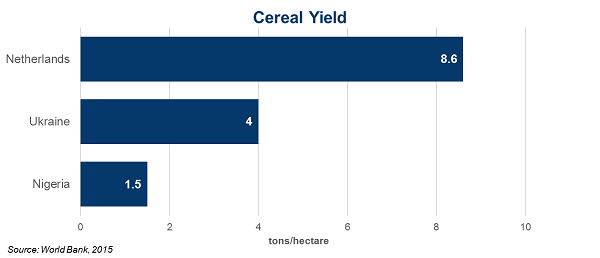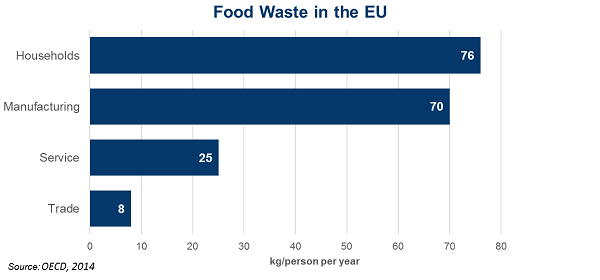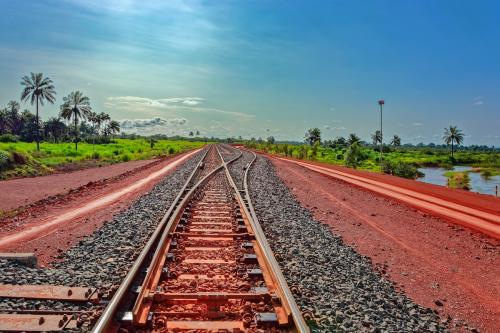“There are too many people on too little land” says BBC presenter David Attenborough. “Every which way you look at it, a planet of 10 billion looks like a nightmare” says Stephen Emmott. The “population explosion” is a threatening concept for many. Why should the world feed ever more people and threaten its own existence? Farmland and water are scarce, world temperatures are rising, and environmental problems of modern agriculture are a threat for world ecosystems. Are we naïve to aim for reducing poverty and eliminating hunger? Was Malthus right in his gloomy theory that population would grow at a geometric rate while the food supply grows at an arithmetic rate?
Overpopulation is an appealing emotional concept for many. With refugees, poverty, malnutrition, and hunger broadcast onto televisions around the world every day, emotional pictures are more convincing than facts. However, population explosion is a myth. Today, we have 7.3 billion people. In 2050, we will have around 9 billion, and in 2100 the world population will possibly reach its peak with about 10-11 billion people. This implies an actual annual population increase of less than 1 percent with a tendency to fall to zero by 2100. World fertility patterns tend to change due to rising income, and that is what might facilitate that drop to zero percent growth. With rising income food consumption patterns also change. Calorie intakes of poor and rich people are surprisingly similar, but rich people consume more protein.This adds about a further 1 percent growth to food demand which means that the world will need to produce approximately two percent more food annually if today’s poor become rich. Will we be able to sustainably supply that extra two percent? The answer is most likely yes.
Let’s run through some numbers of food production and consumption. The world produces about 2.5 billion tons of cereals at present. A person needs a little more than 500 grams a day in grain-based diets, or 200 kilograms per year, which would be equivalent to one ton of cereals for a family of five. If we consider that the family would become richer and shift its consumption patterns to include more milk, meat, and eggs, it would need more cereals because animals would need to be partly fed with cereals. If we consider a grain-based diet with an already-moderate consumption of protein, current world cereals production could feed more than 10 billion people if distributed well.
The growth of supply needed for the future—about 2 percent annually—has to come mainly from available farmland to avoid an overly negative impact on fragile ecosystems. This requires finance, investments, innovation, and knowledge to improve the yields at existing farmlands. The yield gap between what’s needed and what’s being produced is still very high. Farmers in the Netherlands produce 8.6 tons of cereals per hectare, Ukrainian farmers produce 4 tons per hectare, and yields in Nigeria are stagnant at 1.5 tons per hectare (Figure 1).
Figure 1: A Dutch cereal farm is almost six times more productive than a Nigerian one

On the demand side, reducing food waste can have a significant impact on the availability of food. The average European is wasting 179 kg of food in the value chain from the farm gate to the lunch or dinner table (Figure 2). This is almost the annual consumption of a poor person mainly living on cereals (200 kg). Reducing food waste can improve the efficiency of food value chains and help to distribute food more evenly to those in need.
Figure 2: The average European wastes 179 kg of food

This means that we could quite easily provide food for 10 billion people on the planet. There is considerable potential on both the food supply and demand side to provide more food for all. Annual growth of demand can be met by helping farmers to intensify production where the yield gap is high. Conscious consumption and less waste in rich countries would already be a safe strategy to provide affordable food for all.
The Brookings Institution is committed to quality, independence, and impact.
We are supported by a diverse array of funders. In line with our values and policies, each Brookings publication represents the sole views of its author(s).




Commentary
Can 10 billion people live and eat well on the planet? Yes.
April 28, 2015